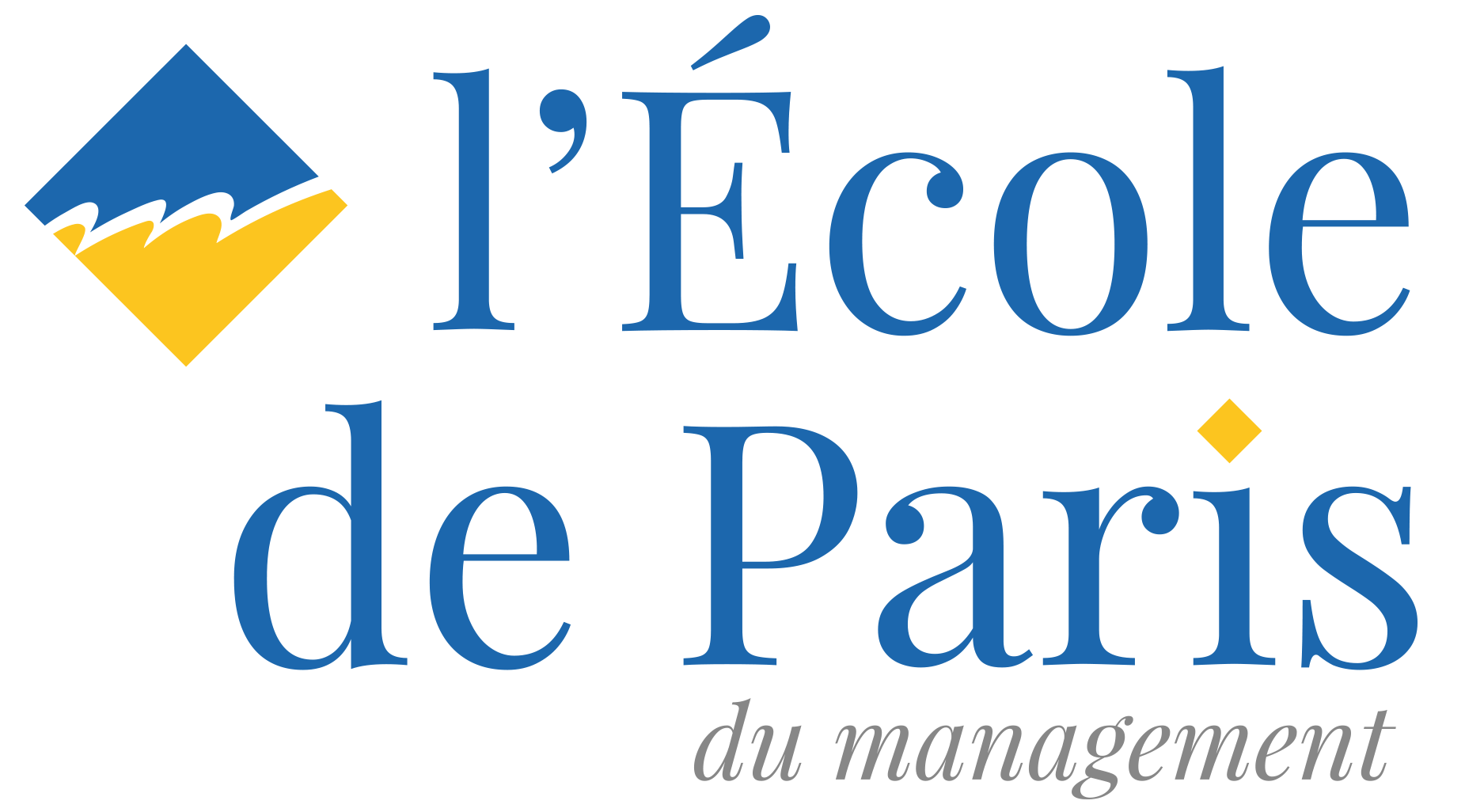Seminar Management of Innovation
|
Wednesday October 21, 1998
In order to conquer the market for a new tactical missile, Matra and Bae created a strategic alliance. Once the tender had been won, the project managers were confronted with the difficulties of project management, coupled with the difficulties inherent in an alliance between two partners, formerly competitors, each with its own distinctive character. How could the financial and technical commitments be respected while maintaining a fair distribution of tasks ? To achieve this ambitious objective, it was essential to have an independent project team with its own procedures, separate from the original organisation. This enabled a more effective sharing of the tasks, combining efficiency and fairness. However, paradoxically, far from creating additional obstacles, fusion and project appeared to be factors contributing to success when they came together. Fusion imposes a long term perspective of co-operation, while the project imposes the reality of the need to create a consensus.
The entire article was written by:
Pascal LE MASSON



No comments yet